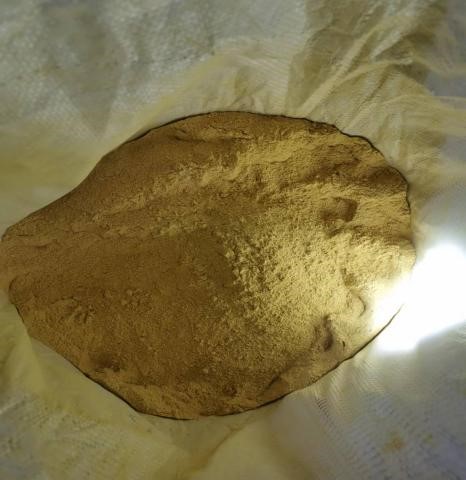



co2 and naoh
The Interaction of CO2 and NaOH An Insight into Carbon Capture and Alkalinity
As global environmental concerns grow, the quest for effective solutions to combat climate change has intensified. One of the significant contributors to greenhouse gas emissions is carbon dioxide (CO2), which is released through various industrial processes, transportation, and energy production. To mitigate the adverse effects of CO2, innovative chemical methods are being explored. Among them, the reaction between carbon dioxide and sodium hydroxide (NaOH) stands out due to its potential implications for carbon capture and alkaline treatment methods.
The Chemistry Behind CO2 and NaOH Interaction
When CO2 is exposed to a solution of NaOH, a chemical reaction occurs, leading to the formation of sodium bicarbonate (NaHCO3). The reaction can be described by the following equation
\[ \text{CO}_2 (g) + \text{NaOH} (aq) \rightarrow \text{NaHCO}_3 (aq) \]
This reaction is significant because it not only helps to remove CO2 from the atmosphere but also results in the production of a substance that has various applications. Sodium bicarbonate, or baking soda, is non-toxic and can be utilized in everyday products ranging from baking to cleaning agents.
Applications of CO2 and NaOH Reaction
The most prominent application of the reaction between CO2 and NaOH lies within the realm of carbon capture technology. Carbon capture utilizes different methods to capture CO2 emissions from industrial sources before they enter the atmosphere. This reaction can be harnessed in specific capture systems, where alkaline solutions are used to absorb CO2, thereby reducing overall emissions.
Moreover, sodium bicarbonate produced from this reaction has significant utility in various industries. It can be used in the food industry for baking, in agriculture as a mild fungicide, and in the healthcare sector for treating acidosis. Additionally, its properties as a buffering agent help in maintaining the pH levels in swimming pools, aquaculture, and fermentation processes.
co2 and naoh

Environmental Implications
The environmental implications of using NaOH for CO2 capture are critical. Conventional methods of capturing CO2 are often costly and energy-intensive, leading to concerns regarding their feasibility in large-scale applications. The reaction with NaOH, however, offers a more simplistic and efficient approach. By leveraging natural and abundant materials, this method can be integrated into existing processes to enhance sustainability.
Furthermore, managing CO2 emissions can play a vital role in reducing the greenhouse effect and subsequently slowing global warming. By promoting and optimizing reactions like those between CO2 and NaOH, we can work towards a circular economy where waste products are converted into usable forms, thus diminishing the environmental impact.
Challenges and Considerations
Despite the promising nature of CO2 and NaOH interactions, challenges arise, such as the handling of chemical substances and the need for efficient operational conditions to maximize absorption rates. The solubility limits of CO2 in NaOH solutions also need to be addressed. Moreover, the economic viability of implementing such solutions on a large scale mandates further research and investment.
The disposal of the resulting byproducts poses another concern. While sodium bicarbonate is generally regarded as safe, its accumulation could lead to other environmental issues if not managed properly. Regulations and guidelines must be established to govern the use of chemicals in carbon capture processes, ensuring that the benefits outweigh potential risks.
Conclusion
The reaction between CO2 and NaOH presents a unique approach to addressing one of the pressing challenges of our time—climate change. By capturing CO2 emissions and transforming them into useful products like sodium bicarbonate, we can work towards establishing more sustainable industrial practices and mitigate the adverse effects of global warming. As technological advancements continue, optimizing this reaction and integrating it into broader carbon capture strategies will be crucial in our ongoing efforts to create a cleaner, healthier planet.
-
Why Sodium Persulfate Is Everywhere NowNewsJul.07,2025
-
Why Polyacrylamide Is in High DemandNewsJul.07,2025
-
Understanding Paint Chemicals and Their ApplicationsNewsJul.07,2025
-
Smart Use Of Mining ChemicalsNewsJul.07,2025
-
Practical Uses of Potassium MonopersulfateNewsJul.07,2025
-
Agrochemicals In Real FarmingNewsJul.07,2025
-
Sodium Chlorite Hot UsesNewsJul.01,2025










